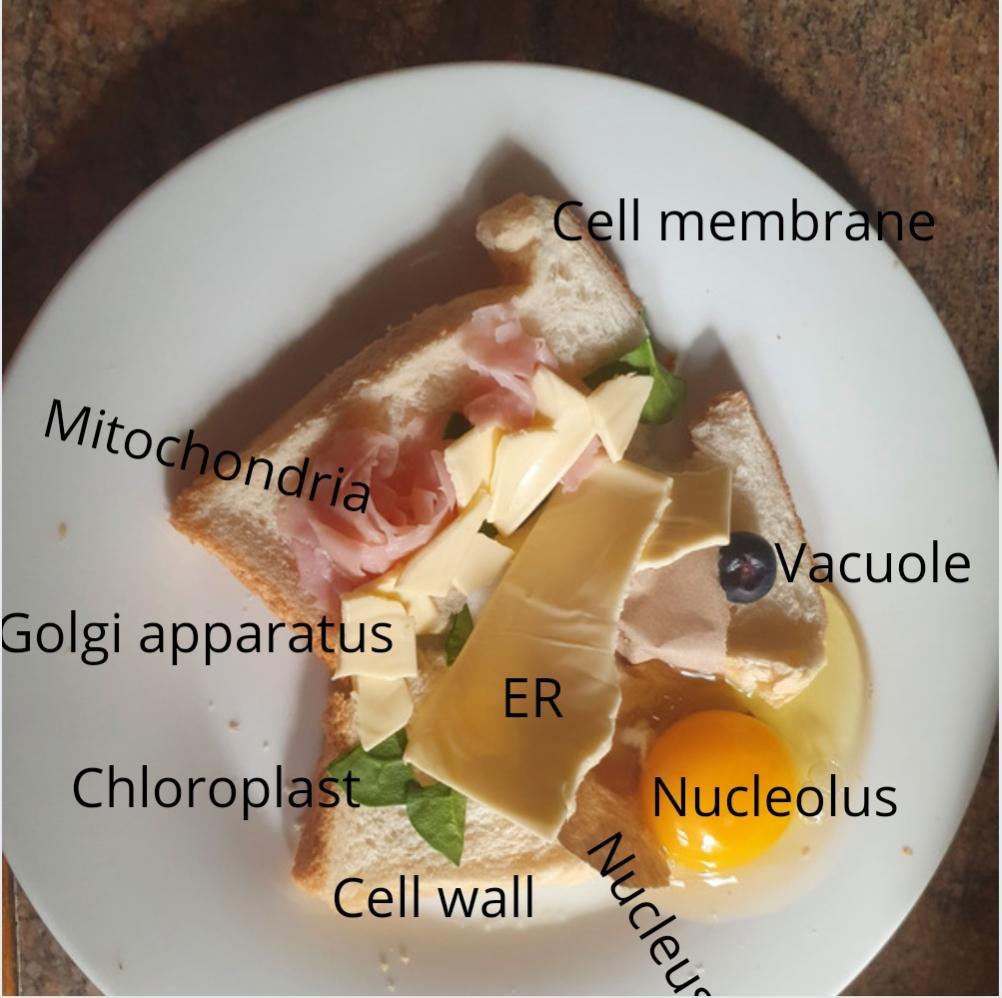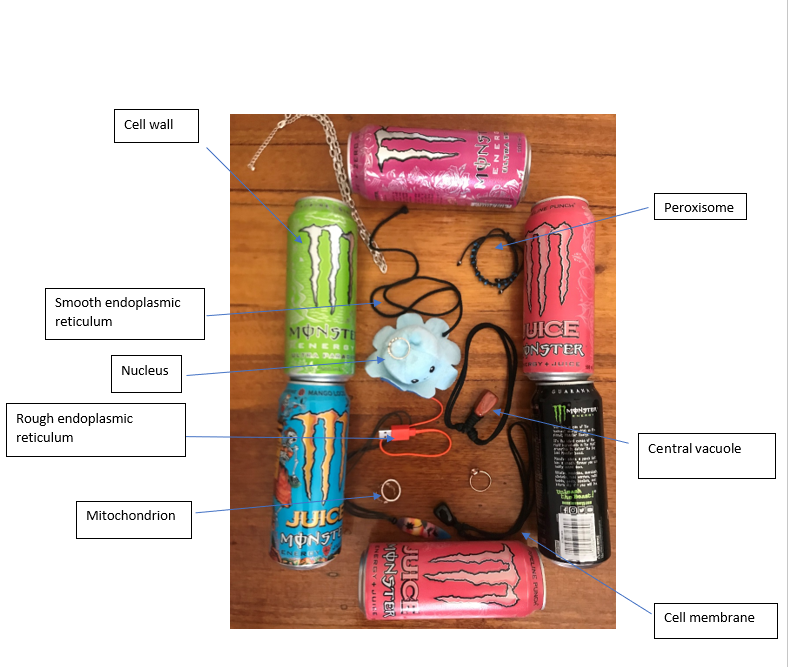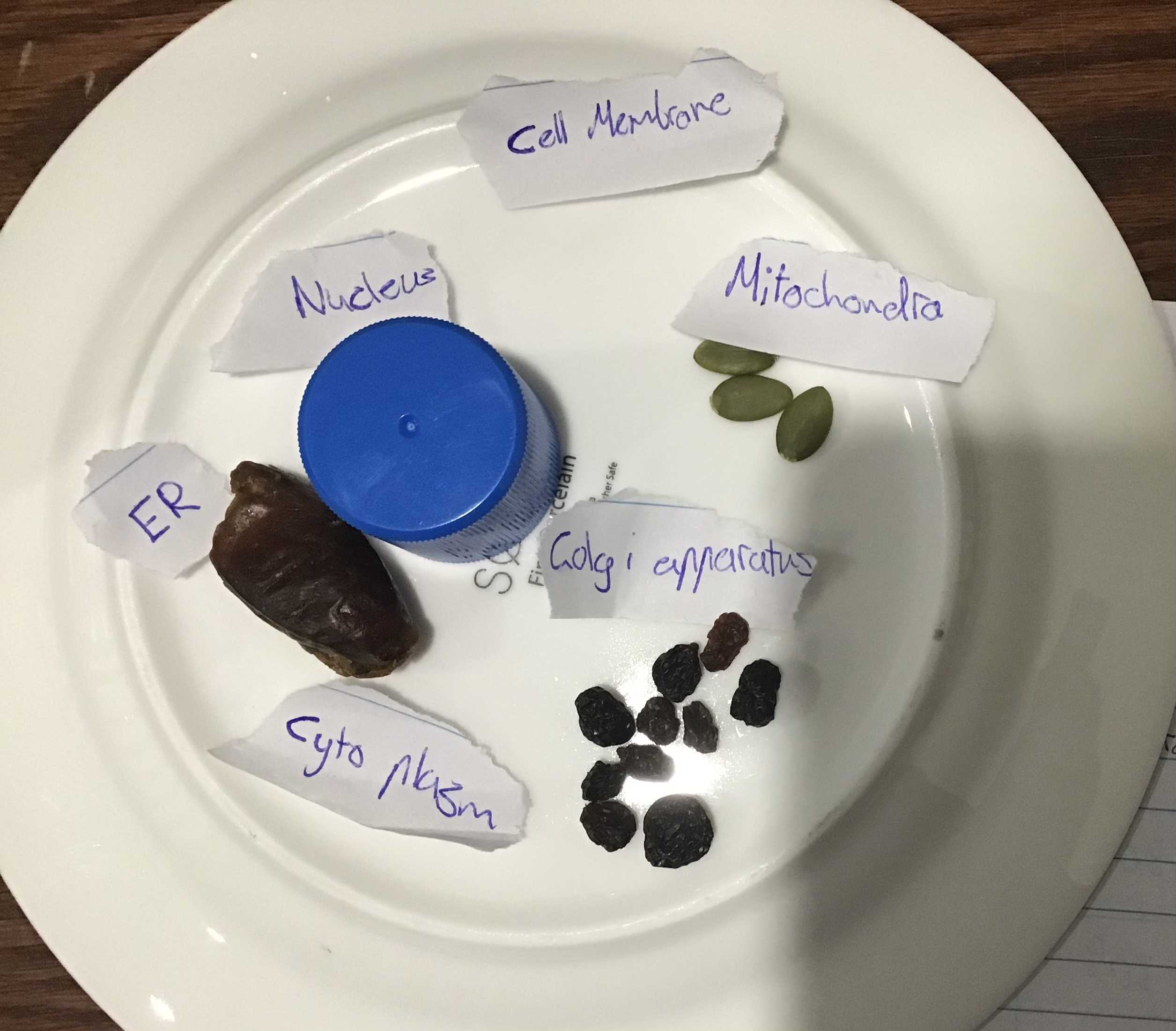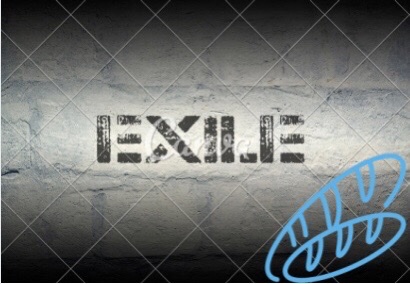SCIENCE
During August, we celebrated National Science Week. The theme was ‘Food: Different by Design’ and whilst we had a week full of activities planned at school we quickly flipped over to our remote version. We had a large number of students participate during the week and we would like to congratulate all of them and the following students who won a prize:
Will Watsford Year 11 R8
Aliyah Orwin Year 7 B5
Ashlee Jordan Year 7 B1
Ally Whitford Year 10 B7
We would also like to congratulate the following students for their ‘Endangered Animal’ cupcake submissions. A great effort!
Austin Leonard Year 8 Y1 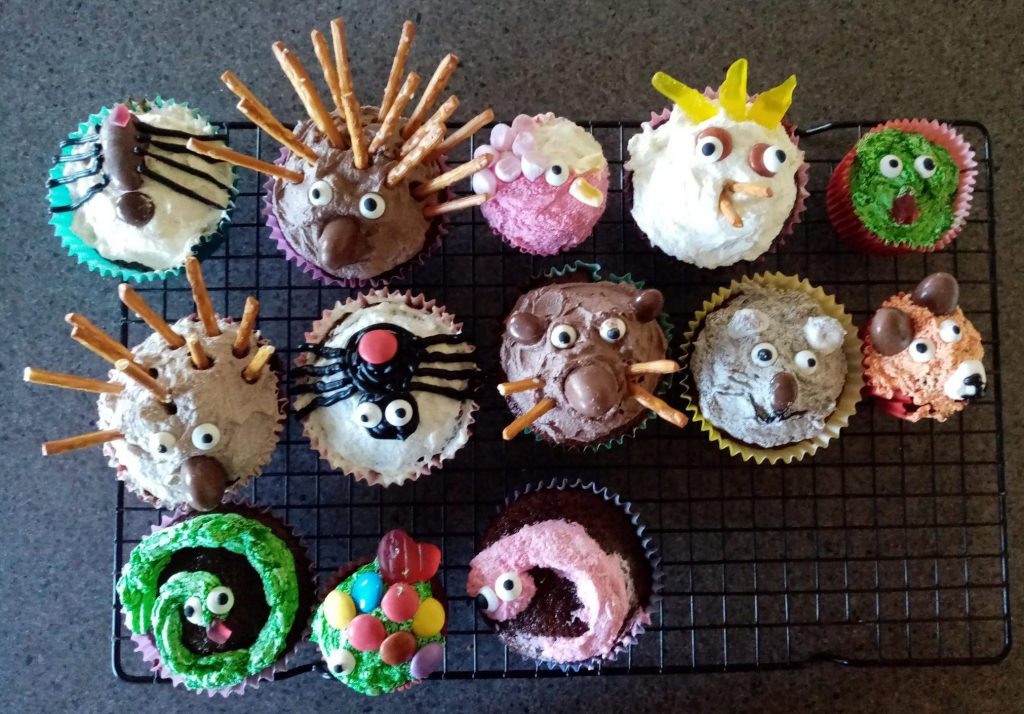
Bruce Kube Year 7 Y5 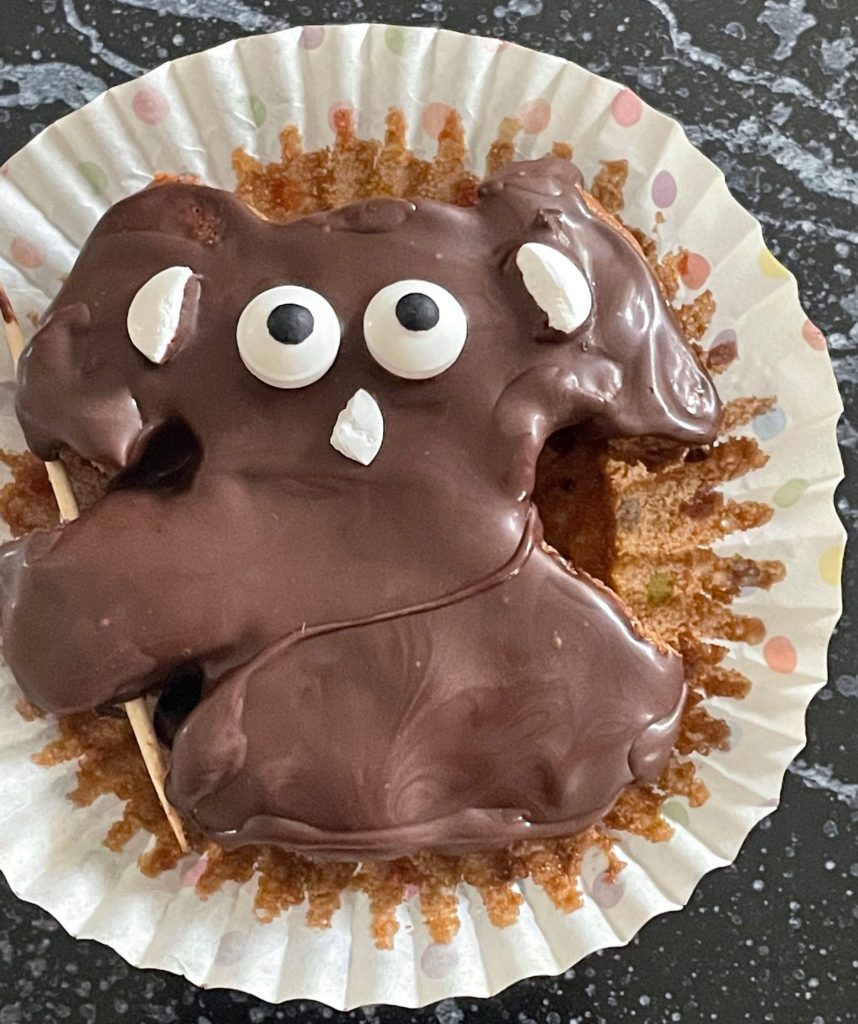
Jesse Jackson Year 9 Y5 
Students have also been busy in our remote classrooms and they are producing some excellent work. Our Year 7 students designed new animal species that could survive a great flood, worldwide volcanic eruption, meteor strike or ice age.
These are some examples:
The features on the special panda would help it survive, because it can swim underwater and fly, so if the panda is stuck it knows how to swim to get itself out of sticky situations. The special panda can also fly, so if the panda is in trouble they can fly to a higher ground to get itself out. Also, with the panda’s big fur coat it can keep itself warm during the storms.
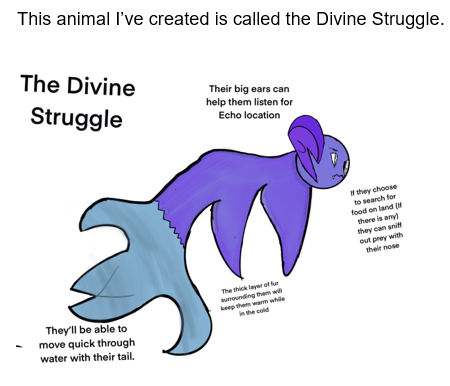
They are an animal that can breathe under water and above ground so when a flood comes they would be swimming away with their webbed hands and feet. They are a carnivorous mammal that can survive without fresh water for up to 3 days. They are quite small animals, no bigger than a cat. They usually stay above ground for when it comes to sleep but if they need to go far they use the water (streams and rivers etc).
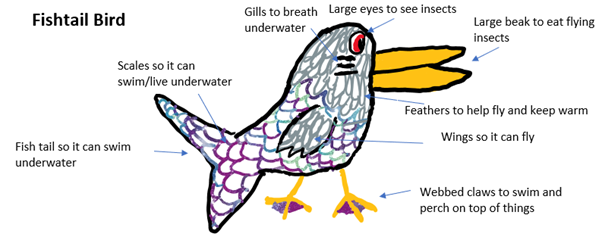
This animal would have lots of warm and fluffy fur on their body, they would have big sharp teeth to be able to catch foods like fish and penguins. They would have a tail that helps them to be able to swim more efficiently. They would have big beady eyes like an eagle to be able to see and have toxic poison that they would release from their mouth as a gas if a predator was to come up to them. That should rarely happen because they are at the top of the food chain and are the rulers or ‘king hunters’ of their time and land. Its name is ‘The King Apex Predator’ .
During one of their lessons last week, Year 8 students were challenged to create a labelled cell model using items found around the home in only 10 minutes.
In Year 11, Psychology students used the Gestalt Principles (principles of human perception) which are used to help interpret visual data to create logos of their own names.
Skye Jennings
Science Key Learning Head


